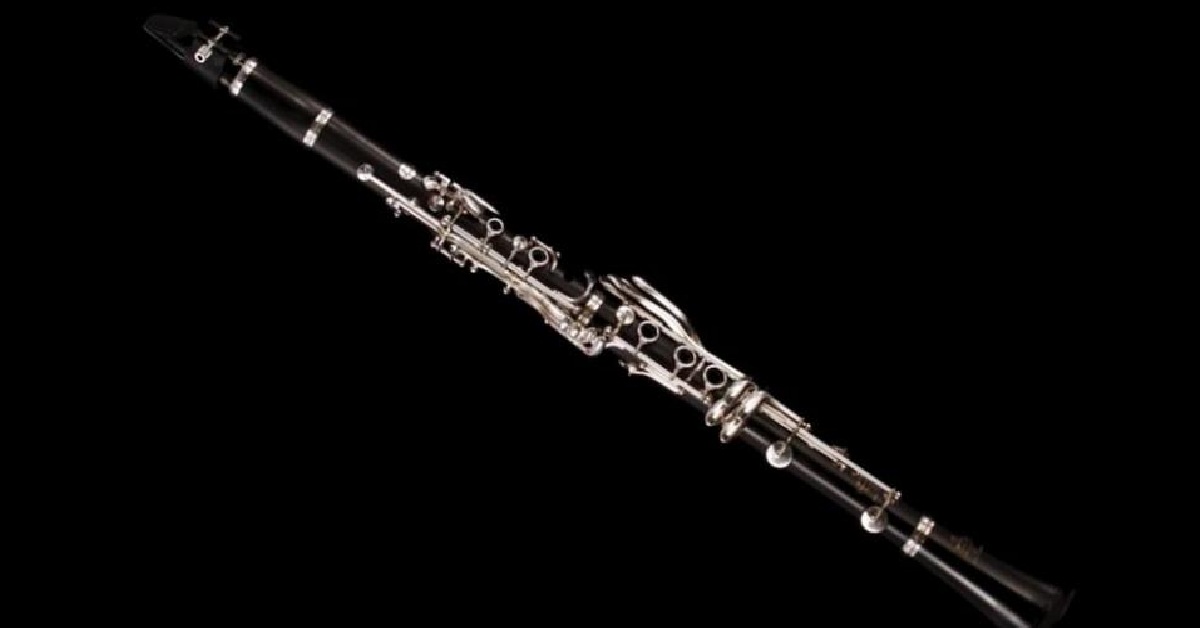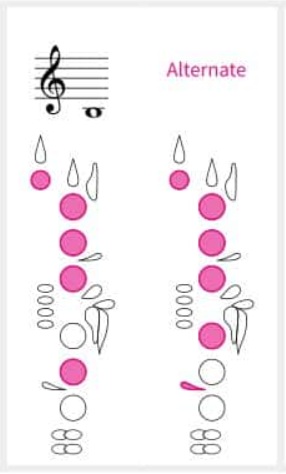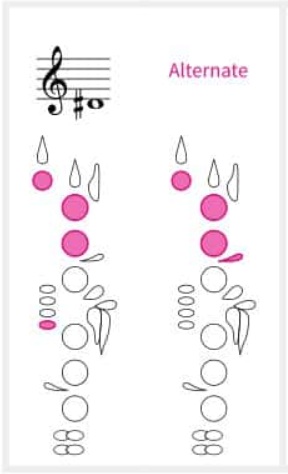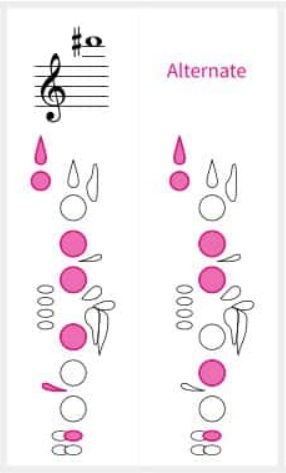





Using Clarinet Sliver-Key Fingerings for Enhanced Technique
Who
This technique benefits clarinetists, from middle school beginners to advanced players, performing in band, orchestral, or solo settings, and band directors guiding them. Sliver-key fingerings are particularly useful for students tackling technical passages in school ensembles.
What
The challenge is achieving smooth, accurate transitions in rapid or chromatic passages involving throat notes (e.g., throat G#, A, Bb) or upper clarion notes, where standard fingerings can be awkward or produce inconsistent tone and pitch.
Why
Standard fingerings for throat notes like G#, A, and Bb require complex finger movements, such as lifting multiple fingers or using the right-hand pinky, which can slow transitions and cause pitch instability, as noted in The Clarinet Manual. Sliver-key fingerings, using small side keys operated by the left-hand index finger, simplify these transitions, offering a clearer tone and better intonation (A=440 Hz) by optimizing the air column, especially in fast passages.
Where
Sliver-key fingerings are applied via:
- Sliver Keys: Left-hand index finger on small side keys (e.g., top sliver key for throat Bb, middle for G# or A), often with standard left-hand fingering.
- Embouchure: Slight adjustments to maintain tone clarity and pitch stability.
When
Use sliver-key fingerings in:
- Chromatic Passages: In runs like G-G#-A-Bb, common in Holst’s First Suite in Eb, to streamline transitions.
- Technical Runs: In fast scales or arpeggios in keys like Eb or Ab major, where throat notes are frequent.
- Trills Involving Throat Notes: In trills like G-to-G# or A-to-Bb, requiring speed and clarity.
- Ensemble Tuning: In rehearsals needing precise intonation for blend with woodwinds or brass.
How
To master sliver-key fingerings:
- Identify Sliver Keys: Teach students to locate the top and middle sliver keys for throat Bb, G#, and A, using charts like those in Klose’s Method for Clarinet.
- Practice with a Tuner: Compare standard and sliver-key fingerings for throat G#, A, and Bb, ensuring pitch aligns with A=440 Hz and tone is clear.
- Incorporate in Scales: Practice Eb or Ab major scales with sliver-key fingerings to build muscle memory for technical fluency.
- Focus on Trills: Drill G-to-G# or A-to-Bb trills using sliver keys, ensuring smooth transitions and consistent tone.
- Annotate Repertoire: Mark sliver-key fingerings in parts for pieces like Sousa’s Stars and Stripes Forever for rapid or chromatic passages.
- Teach Technique: Instruct students to press sliver keys with the base of the left-hand index finger (where it meets the hand) to avoid tension, as emphasized in clarinet method books.
- Reinforce in Ensemble: Check pitch and tone in rehearsals, ensuring sliver-key fingerings enhance section blend, adjusting embouchure for acoustics.
Conclusion
Sliver-key fingerings on clarinet, using the left-hand index finger on side keys, enhance technical fluency and intonation in chromatic passages, trills, and flat-key repertoire. By practicing with tuners, scales, and repertoire annotation, and using proper sliver-key technique, directors and clarinetists ensure smooth transitions and clear tone. This approach empowers students to excel in demanding band settings, elevating the ensemble’s performance with precise and expressive clarinet playing.
